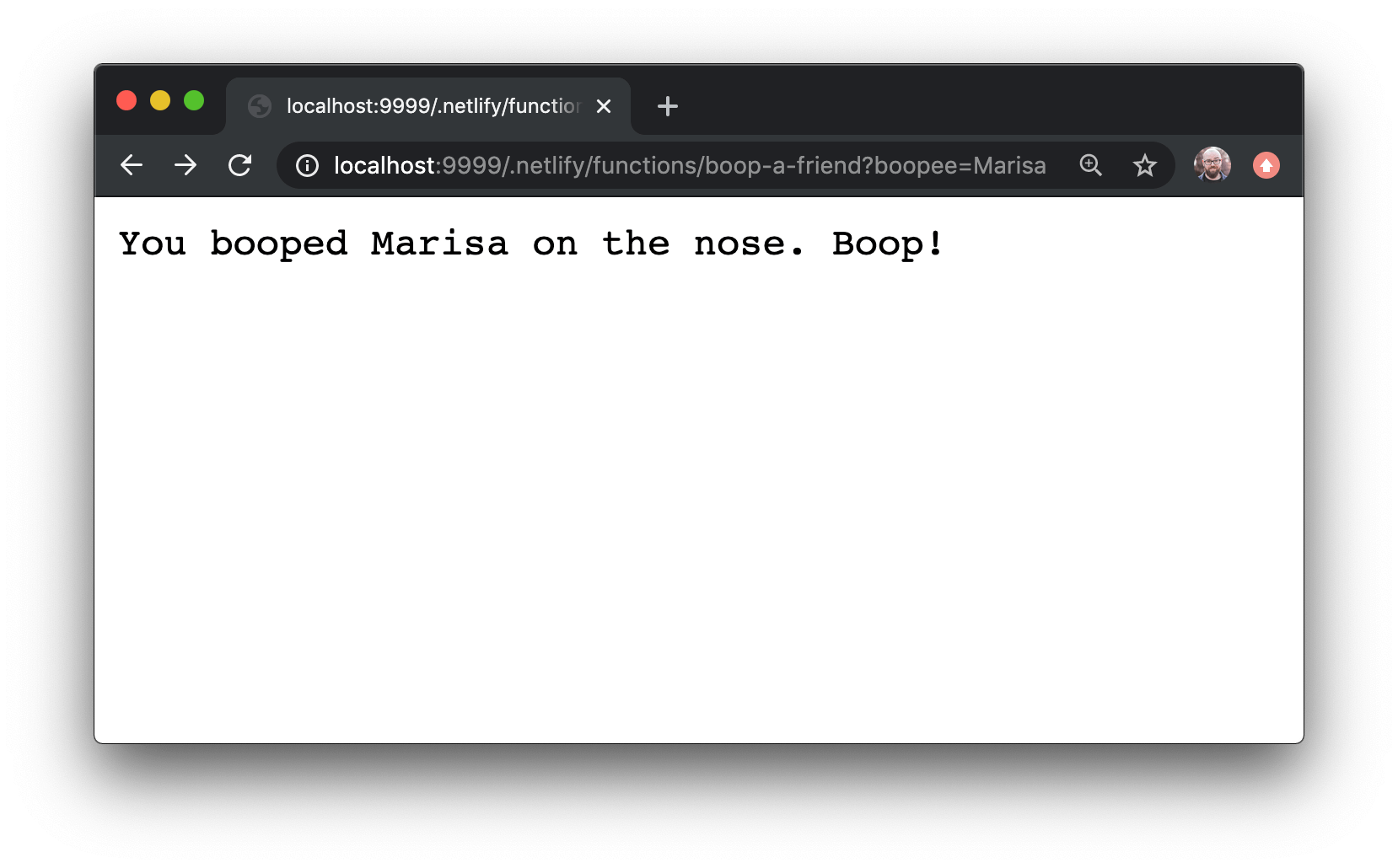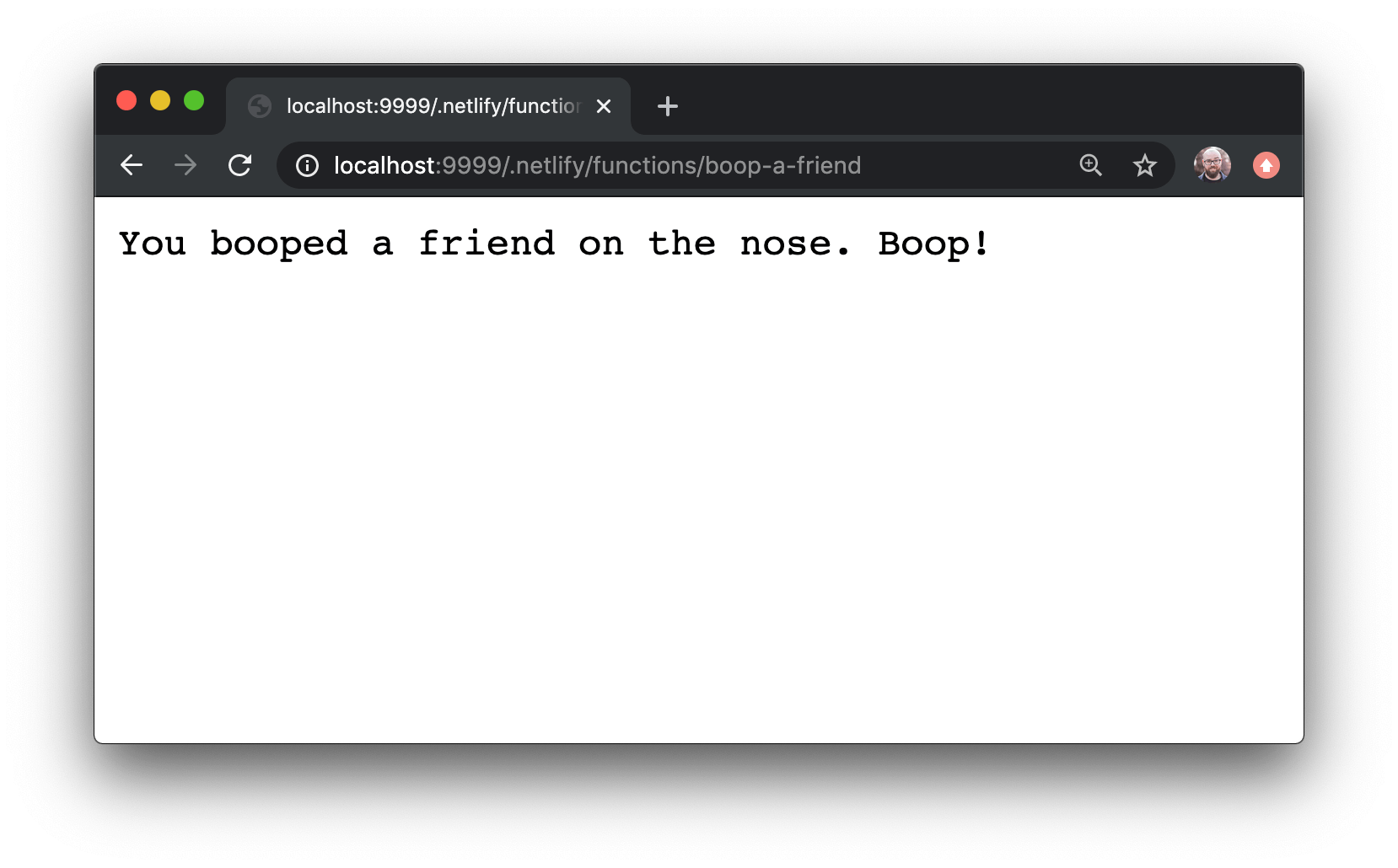Access Query String Parameters in Serverless Functions
How do you use query parameter arguments in a serverless function? This quick tutorial will show you how to get values from query string parameters.
Serverless functions really start to show their potential when we can accept user input and respond to it. The most straightforward way to do this is with query parameters in the browser using GET requests. In this article, we’ll look at how to retrieve query parameters in a serverless function and use them to affect the output of our function.
Create your dev environment
If you’ve been following along with the full series on serverless functions, you can use the same codebase you originally set up. If you’re starting fresh, you can clone the starter repo:
# clone the starter branch of the repogit clone --single-branch --branch starter https://github.com/jlengstorf/serverless-functions.git
# move into the projectcd serverless-functions/
# install dependencies (can also use `npm install`)yarn
# install the Netlify CLI (can also use npm i -g netlify-cli)yarn global add netlify-cliWrite the serverless function
To start, let’s create a serverless function that will allow us to boop our friends. Create a file called boop-a-friend.js in the functions folder of your project and write the following code inside:
exports.handler = async () => { // TODO get this value from the query string const boopee = 'Jason';
return { statusCode: 200, body: `You booped ${boopee} on the nose. Boop!`, };};Run netlify dev and visit http://localhost:9999/.netlify/functions/boop-a-friend and we see the return text, “You booped Jason on the nose. Boop!”
We want to be able to choose who we boop, though, and we want to do that from the browser — meaning we’ll be using the GET method to call our serverless function. In practice, it will look like this:
http://localhost:9999/.netlify/functions/boop-a-friend?boopee=MarisaWe’re using a query string (the ?boopee=Marisa part) to set our boopee value to “Marisa”, because that’s who we want to boop.
Next, we need to use the query string value in our serverless function.
Retrieve values from query strings in serverless functions
Because we’re using Netlify Functions, we receive the event as the first argument to our serverless function, and it contains a property called queryStringParameters, which contains any query string values as an object.
What this looks like in practice is that if we call our serverless function using the query string above:
http://localhost:9999/.netlify/functions/boop-a-friend?boopee=MarisaWe can access query parameters in our serverless function by making the following changes:
exports.handler = async () => {exports.handler = async event => { console.log(event.queryStringParameters);
// TODO get this value from the query string const boopee = 'Jason';
return { statusCode: 200, body: `You booped ${boopee} on the nose. Boop!`, };};When we run netlify dev and call our function, the logs will show us the following output:
Request from ::1: GET /.netlify/functions/boop-a-friend?boopee=Marisa[Object: null prototype] { boopee: 'Marisa' }Response with status 200 in 0 ms.Our boopee is there!
Now we can use it by making a few more adjustments to our code:
exports.handler = async event => { console.log(event.queryStringParameters);
// TODO get this value from the query string const boopee = 'Jason'; const querystring = event.queryStringParameters; const boopee = querystring.boopee || 'a friend';
return { statusCode: 200, body: `You booped ${boopee} on the nose. Boop!`, };};Now we can call our function by visiting http://localhost:9999/.netlify/functions/boop-a-friend?boopee=Marisa and we’ll see that we’re booping Marisa, just like we wanted to!

If we don’t add a query string, we fall back to the default text:

We did it! We can now send, parse, and use query string parameters in our serverless functions!